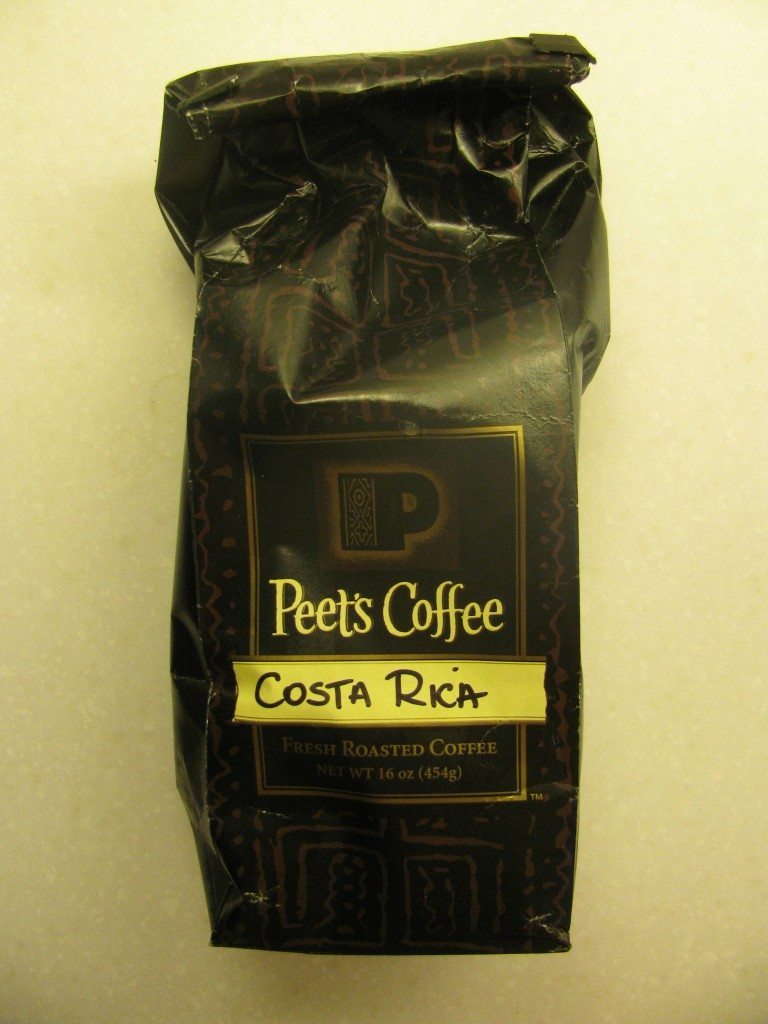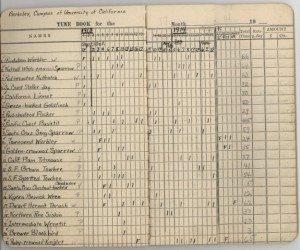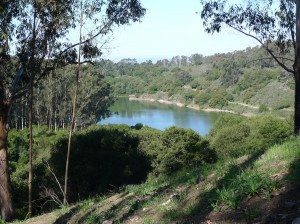Peet’s Coffee and Poisoned Raptors
By Ilana DeBare
Is Peet’s Coffee about to merge with a corporate raptor-killer?
When German holding company Joh. A. Benckiser announced plans on July 23 to purchase Berkeley-based Peet’s, it was more than your run-of-the-mill corporate merger.
Benckiser is a significant (10 percent) shareholder in Reckitt-Benckiser, manufacturer of anticoagulant rat poisons that are a leading threat to raptors and other rodent-eating wildlife.
Reckitt-Benckiser sells d-Con, the most widely distributed rat poison on the market. It has resisted efforts by the U.S. Environmental Protection Agency to take anticoagulant poisons off the market, and sued the EPA when asked to come up with a less toxic alternative by 2011.
Brodifacoum, the lethal ingredient in d-Con, sometimes kills rodents right away but other times builds up in their bodies – with a deadly result for predators such as hawks, owls, foxes and bobcats.
“Brodifacoum is not metabolized by the liver and stays in high concentrations in the body,” said Michael Fry, former coordinator of the American Bird Conservancy’s pesticide program, in a San Francisco Chronicle story in May, “The rat goes back, eats a second dose, and the stuff builds up in its tissues. It can accumulate an eight-to-tenfold lethal dose. Any large animal that eats that rat dies. It doesn’t take a huge amount of dead rat to kill an animal 10 times its size.”
Predators that eat poisoned rodents die a particularly gruesome death. The anticoagulant basically causes them to bleed to death internally — blood oozing from their beak, ears, nostrils. Earlier this year, a mate of Pale Male – the famous Red-Tailed Hawk of Central Park – was found dead with rat poison in her system. The California Department of Fish and Game has documented 284 cases of anticoagulant poisoning since 1993, including 37 raptors and 50 endangered San Joaquin kit foxes.
 New York bird lovers set up this memorial to Lima, Pale Male's mate, after she was killed by rat poison. / Photo by Jean Shum
New York bird lovers set up this memorial to Lima, Pale Male's mate, after she was killed by rat poison. / Photo by Jean Shum
And it’s not just wildlife that face potential harm from these poisons. According to the EPA, more than 25,000 children under the age of six showed poisoning symptoms after exposure to rodenticides between 1999 and 2003.
Last year conservationists – including GGBA Development Director Lisa Owens Viani and Golden Gate Raptor Observatory Director Allen Fish – started a group called Raptors Are The Solution to persuade people to stop using and selling the anticoagulants.…









